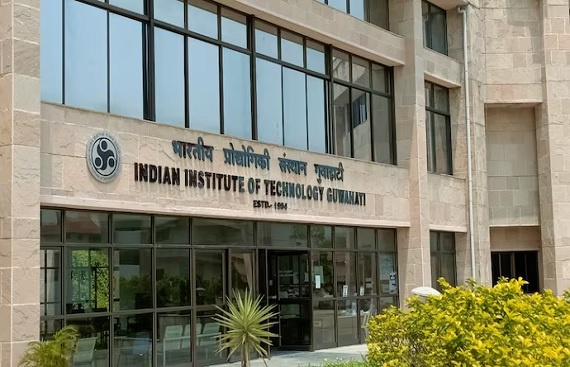IIT Guwahati and ISRO have discovered X-ray polarization in a black hole
By
siliconindia | Friday, 17 November 2023, 04:05 Hrs

Researchers from the Indian Institute of Technology Guwahati (IIT Guwahati) and the Indian Space Research Organisation (ISRO) have made a groundbreaking discovery. For the first time ever, they have detected polarised emissions from a black hole source located beyond the Milky Way Galaxy. Their findings, which are published in the Monthly Notices of the Royal Astronomical Society: Letters, have opened up a new window of opportunity for investigating and understanding the nature of astrophysical black hole sources.
The Large Magellanic Cloud X-3 (LMC X3) is a binary star system that consists of a black hole and a "normal" star. The star is much hotter, bigger, and more massive than the Sun. LMC X3 is located in a satellite galaxy of the Milky Way, nearly 200,000 light-years away from Earth. Since its discovery in 1971, various satellites have observed it. However, there has been a gap in our understanding of the polarization properties of X-rays emitted by highly energetic objects like stellar mass black holes in the universe.
The team detected the emissions through a technique called X-ray polarimetry.“X-ray polarimetry is a unique observational technique to identify where radiation comes from near black holes. LMC X-3 emits X-rays that are 10,000 times more powerful than those from the Sun," said Prof Santabrata Das, Department of Physics, IIT Guwahati, in a statement.
"When these X-rays interact with the material around black holes, specifically when they scatter, it changes the polarisation characteristics, i.e., degree and angle. This helps in understanding how matter is drawn toward black holes in the presence of intense gravitational forces," he added.
LMC X-3 was studied by the researchers using NASA's Imaging X-ray Polarimetry Explorer (IXPE). This mission was designed to study the polarization of X-rays from celestial objects. The team also utilized the broadband coverage of two other missions, the Neutron Star Interior Composition Explorer (NICER) and the Nuclear Spectroscopic Telescope Array (NuSTAR), simultaneously to constrain the spin of LMC X-3.
“Intense gravitational fields can cause the emitted light from black holes to become polarised. Our observations indicate that LMC X-3 likely harbours a black hole with a low rotation rate, surrounded by a slim disc structure that gives rise to the polarised emissions,” said Dr. Anuj Nandi, Scientist from U. R. Rao Satellite Centre (URSC) at ISRO, Bengaluru.
